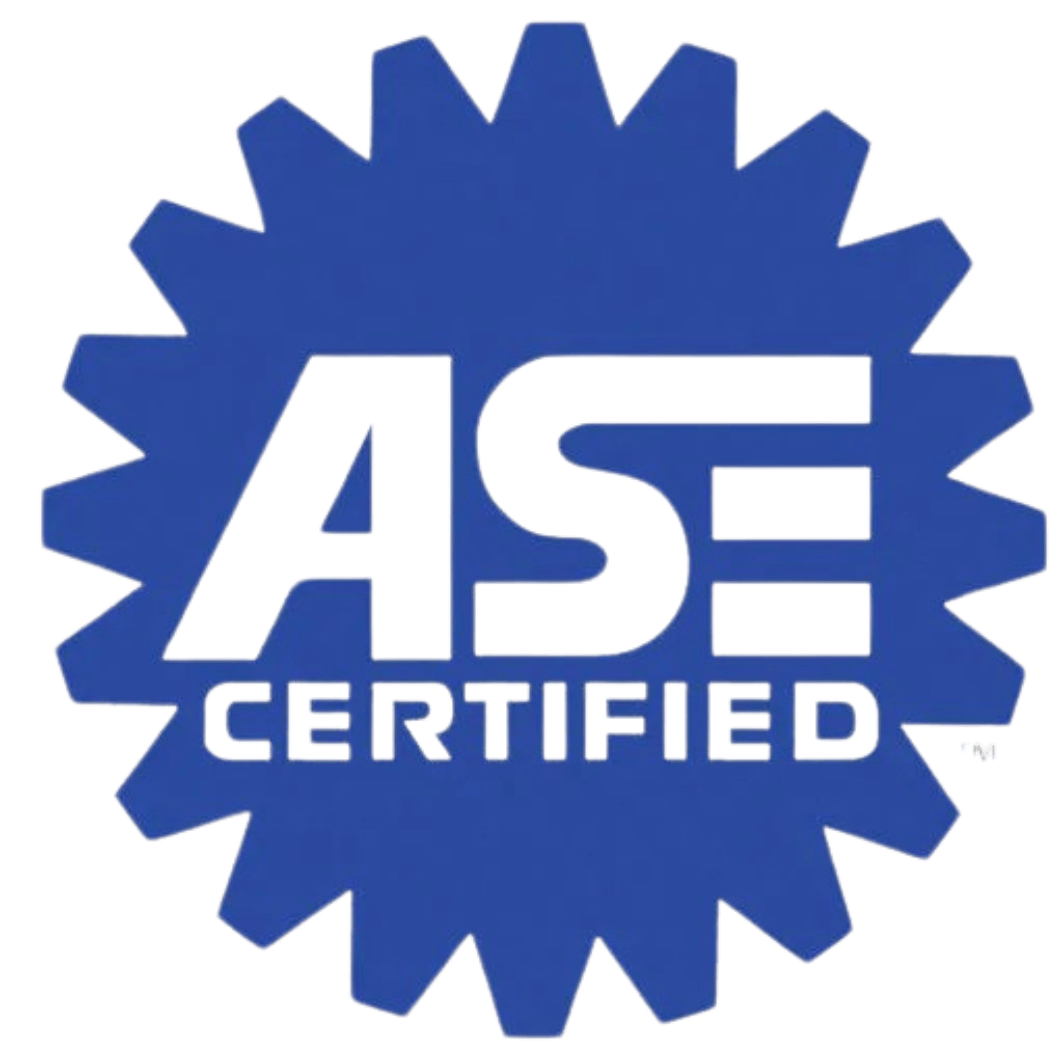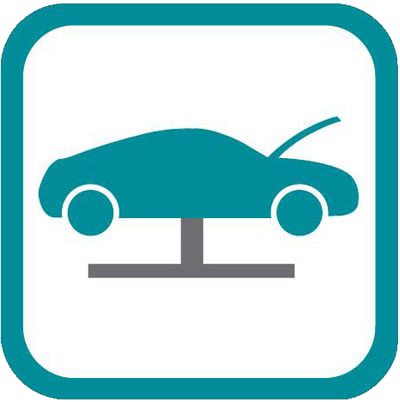What’s the Difference Between Conventional vs. Semi-Synthetic Oil?
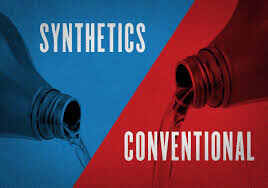
Oil Change & Maintenance What’s the Difference Between Conventional, Semi-Synthetic, and Full-Synthetic Oil? Learn how each type of motor oil protects your engine, which one your car needs, and why choosing the right oil can improve performance, longevity, and fuel efficiency. Updated October 29, 2025 5-6 min read Motor oil is essential for properly lubricating […]
Should I Have My Car Inspected? 6 Great Reasons To Do It
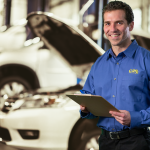
Modern cars are extremely complex machines, with many systems and components working together to make your vehicle operate at top performance. As cars age and accumulate miles, it is very important they be regularly inspected to ensure safety and proper operation. In fact, 15 states in the U.S. legally require that cars be inspected to be permitted […]
Why is My Check Engine Light On?
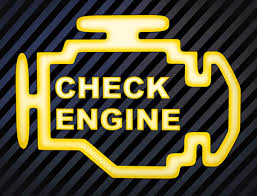
Why Is My Check Engine Light On? Don’t panic! Here’s what that little dashboard light is trying to tell you. The Warning Signal: What the Light Means An illuminated Check Engine Light (CEL) can definitely cause some concern, but it’s important to understand what it means. It’s tied to your vehicle’s On-Board Diagnostics (OBD) system, […]
Why is My Car Leaking Coolant?
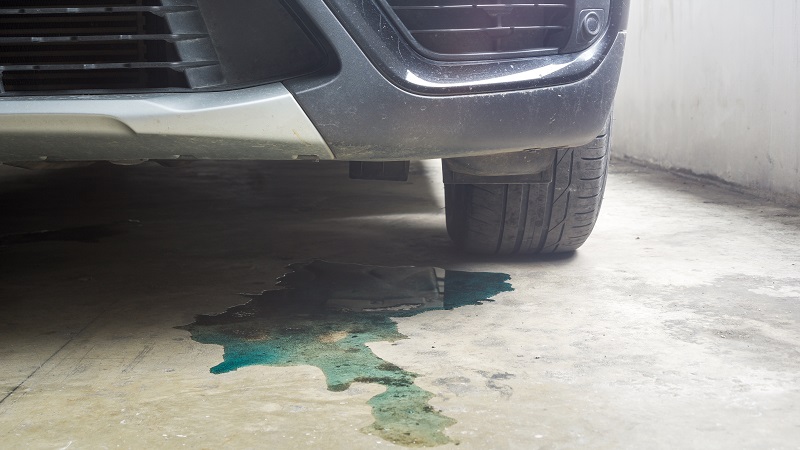
One of the most important components of your car’s engine is its cooling system, as it is responsible for preventing the motor from overheating while driving. If you happen to notice a bright green or orange fluid on the ground under your car, you could have a coolant leak and should get the issue addressed […]
Why Your Car’s Engine Is Making a Rattling Noise
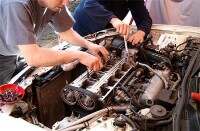
Are you hearing a rattling or pinging sound from your car? Is the noise coming from the engine area? An engine rattling noise can be a sign that something is wrong, and should be addressed as soon as possible. Let’s take a look at some possible reasons why your car’s engine is making unusual sounds. […]
Why Does the Inside of My Car Smell Like Gas?
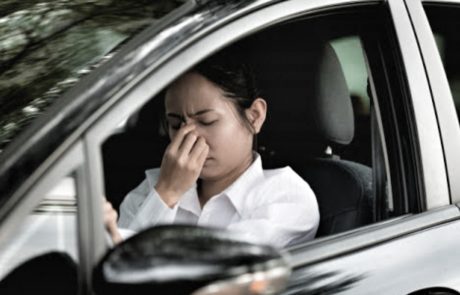
If the inside cabin of your vehicle smells like gasoline, it could be a sign that there may be more significant problems, and you should address them as soon as possible. While the smell of gas fumes on occasion isn’t as alarming, a strong odor from inside the vehicle should be investigated right away. In […]
How To Know If Your Brakes Need To Be Replaced
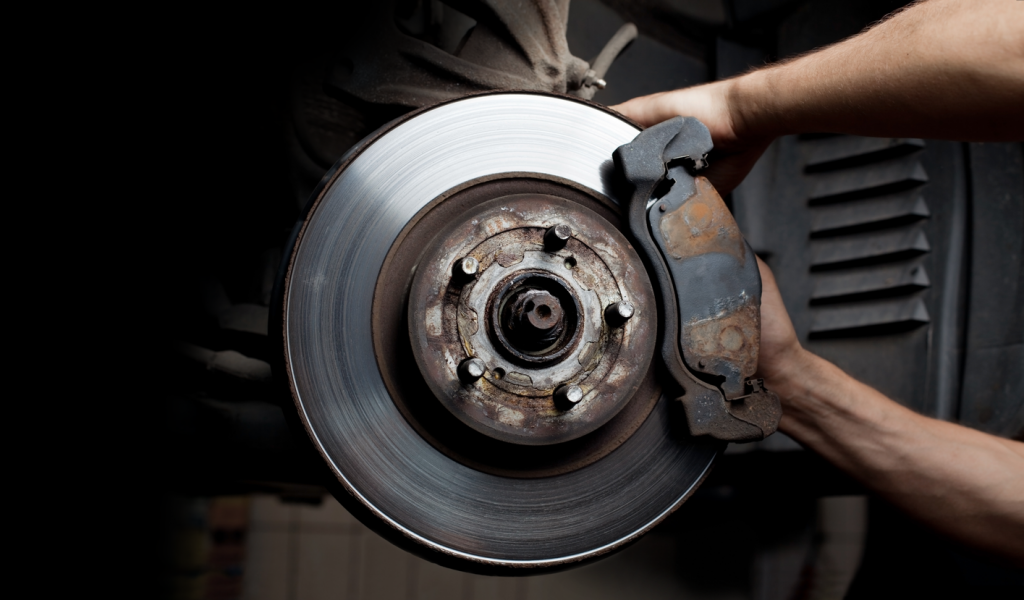
The brake pads are an essential factor in your braking system. They protect the rotor from damage and distribute heat from friction. Many problems could arise if the brake pads are worn down more than a quarter of an inch. The metal “wear indicators” making friction with the rotor can cause warping or cracking. Without […]
Why You Should Avoid Potholes on the Road
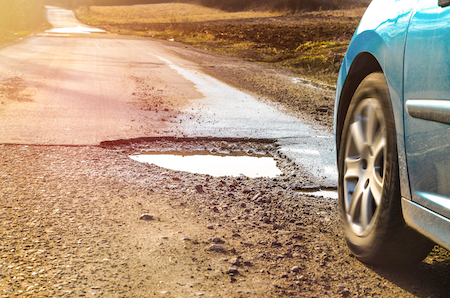
The months of December- April are considered pothole season. Potholes are formed in the pavement due to the expansion (freezing) and contraction (thawing) of ground water from rain and snow, and from heavy traffic. While potholes usually only develop to a depth of a few inches, if they become large enough, they can cause damage […]
Air Conditioning: What’s that smell?
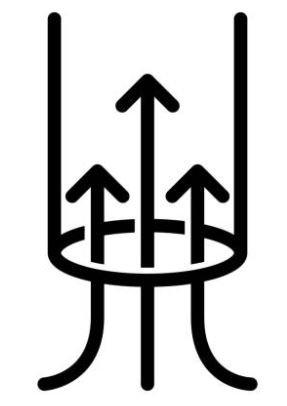
Air Conditioning: What’s That Smell? Don’t let a foul odor ruin your drive. Learn what causes AC smells and how to get your fresh air back. It’s Not You, It’s the Car You turn on the air conditioning for relief from the heat, but instead, you are blasted with a smell that resembles dirty gym […]
Spring Cleaning & Maintenance
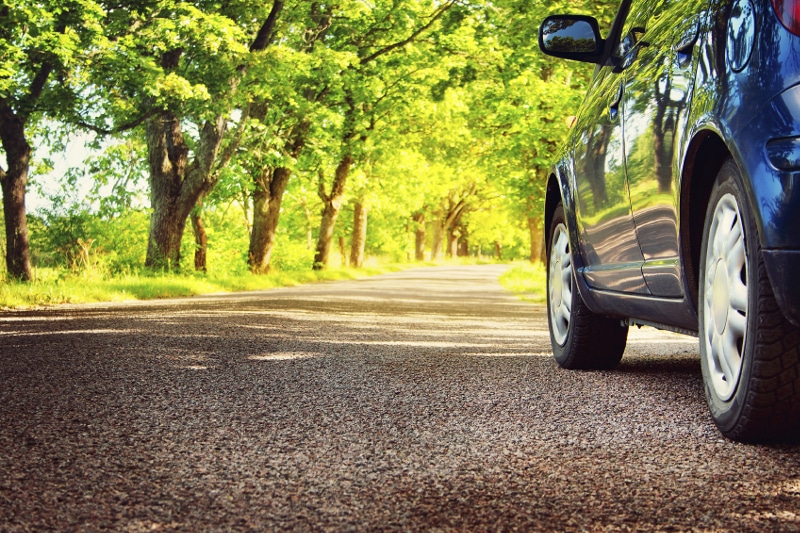
Wash winter’s grit & road salt away and enjoy the Spring weather in your clean ride! Spring cleaning checklist: • Undercarriage flush – With the onset of spring, all car owners should have their car’s undercarriage flushed. • De-grunge – To remove grunge you need to wash your car with a strong detergent; most car […]

